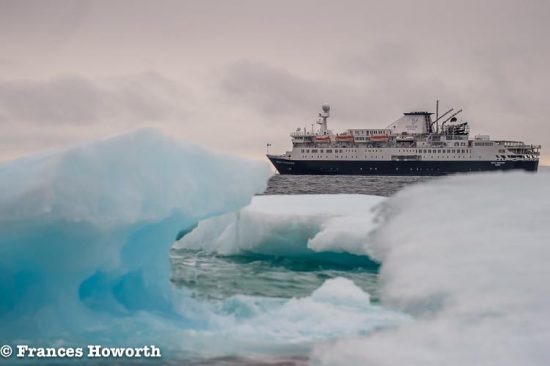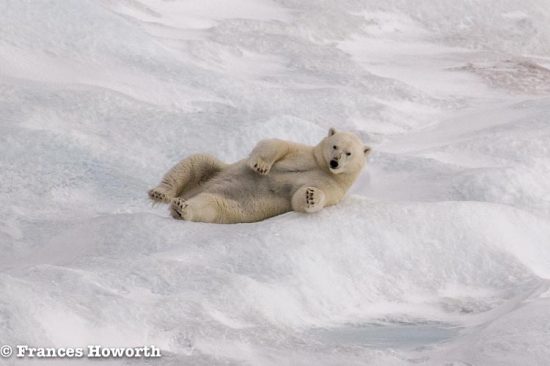
The fact that we got through the NW Passage without really encountering Polar Bears let alone seeing much in the way of ice raises the question is the route going to become a passage as commonly used as the Panama Canal?
The economic and ecological consequences of new trade routes opening up as a result of an increasingly ice-free Arctic have yet to be revealed, but one thing for sure is that with the Arctic nations jostling for advantage the diminishing ice is a political hot potato.
It is a fact that this year, Arctic ice has melted to the second lowest level on record, with a million fewer square miles of sea frozen than in the 1980s and 1990s.
In the USA the National Snow and Ice Data Centre (NSIDC) announced that the record low of 2012 was 1.31 million square miles and the average from 1979 to 2000 was 2.59 million square miles. Mark Serreze, a director at the centre added that the ice loss would have been even greater this year but for unusually cool summer. He confirmed that since satellite records began in 1979 saying, “The summer Arctic sea ice coverage has decreased by more than 13 per cent per decade.”

In the UK, Liz Bentley, of the Royal Meteorological Society, said: “The reduction of sea ice has been scientifically linked to a number of extreme weather events but the jury is still out regarding its impacts on global climate.”

Frances and Michael Howorth explored the North West Passages onboard Ocean Endeavour with the help of Destination Canada www.destinationcanada.com and Adventure Canada www.adventurecanada.com We are truly grateful to them both for the opportunity they provided with us to do our job.
